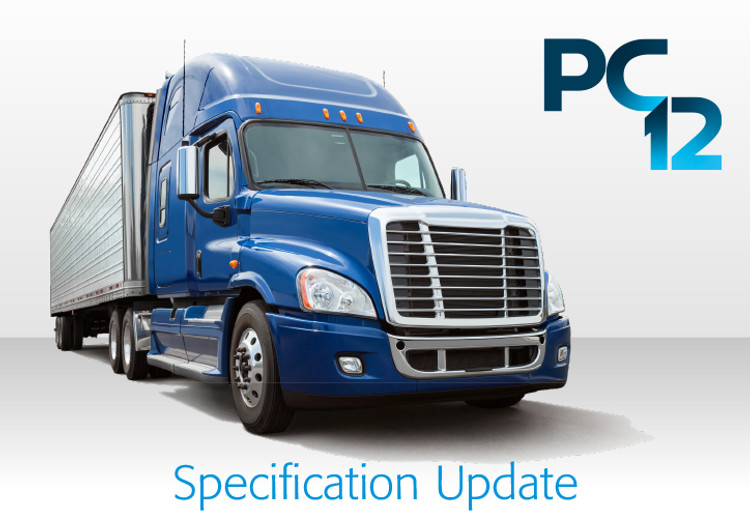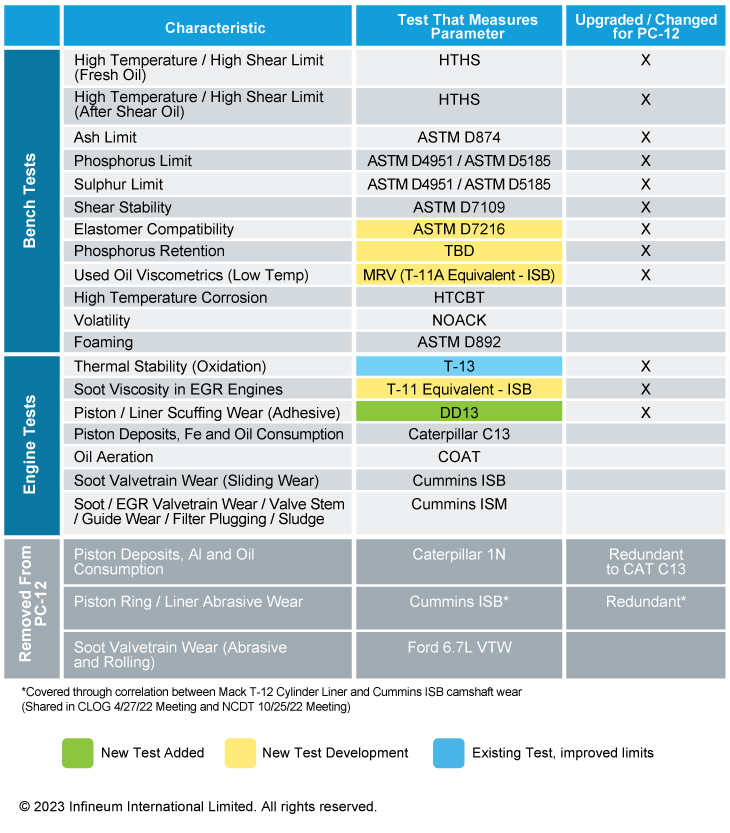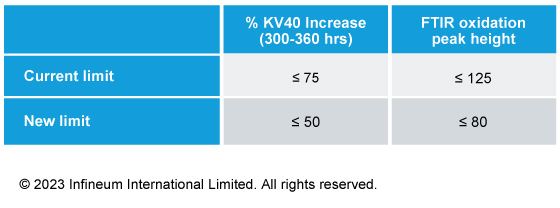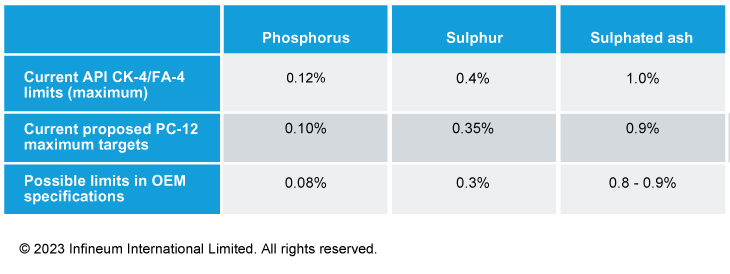Commercial vehicles
ACEA HD Sequences released
22 January 2025
04 September 2023
Updates on the development of new and replacement tests

Industry is working hard to ensure the new PC-12 heavy-duty engine oil category is ready for first use in in 2027. With the picture far from steady, David Brass, Infineum Lead Industry Liaison Advisor, keeps us updated on the progress being made and explores the challenges that can be expected.
A number of new and replacement tests are under development for PC-12, although there have already been some changes to what’s in and what’s out.
New wear protection test: The Detroit Diesel DD13 Scuffing Test, will be included to address concerns around scuffing in the power cylinder with lower viscosity fluids.
Replacement for Mack T-11: This soot-induced viscosity increase control test will be replaced by the Cummins ISB viscosity growth test. This test development is expected to be used to fill multiple voids formed by the loss of the Mack T-11 and Mack T-8, which are approaching their end-of-life. This test development is likely to:
The following PC-11 tests or new engine test developments will not be included for PC-12:
A summary of the PC-12 tests and changes we expect is shown in the table below.

To deliver the required protection to engines and aftertreatment systems over longer warranty periods, tighter limits for some tests and parameters will be introduced. While these are still being finalised here is a summary of some of the changes we can expect.
Volvo T-13 test: Tighter limits are designed to improve oxidation protection as engines run hotter and OEMs look to retain the oil drain intervals they are accustomed to under PC-11 in these harsher conditions.

Chemical limits: Tighter limits have been suggested in order to help reduce aftertreatment system poisoning with current proposals by Truck and Engine manufacturers Association (EMA) offered as a compromise position between the varying needs of OEM members. However, some OEMs have suggested that chemical limits in their own specifications will be even tighter and may include new limits for potassium and sodium.

A member of EMA has also asked for the addition of a phosphorus retention parameter to be considered, based on concerns about the reduction of durability protection from the reduced amount of phosphorus in the oil and the potential for aftertreatment poisoning from certain types of phosphorus components.
Discussions are also ongoing about the use of the current proposed limits versus a shift to three categories in which, for two of these categories, the limits would align with the proposed OEM limits (one high viscosity and one low viscosity) with one category remaining at the current API CK-4 chemical limits at the higher viscosities.
Seals Protection: Protection for hydrogenated nitrile seals has been requested as an additional material. However, owing to supply issues, it has not been possible to align the seals material between European Automobile Manufacturers’ Association (ACEA) and API specifications as had been hoped. Currently EMA is assessing a different hydrogenated nitrile seal materials for the API specifications.
In addition, there are challenges of ensuring tests are suitable for use with new lower viscosity fluids. Here, new reference oils at SAE XW-20 are needed for some tests that were developed with SAE 15W-40 reference oils.
There is a still much work to be done to develop and test engine oils to get them ready for market in MY 2027 vehicles. Infineum Insight will keep you informed of PC-12 progress – sign up here to receive regular updates to your inbox.
Sign up to receive monthly updates via email